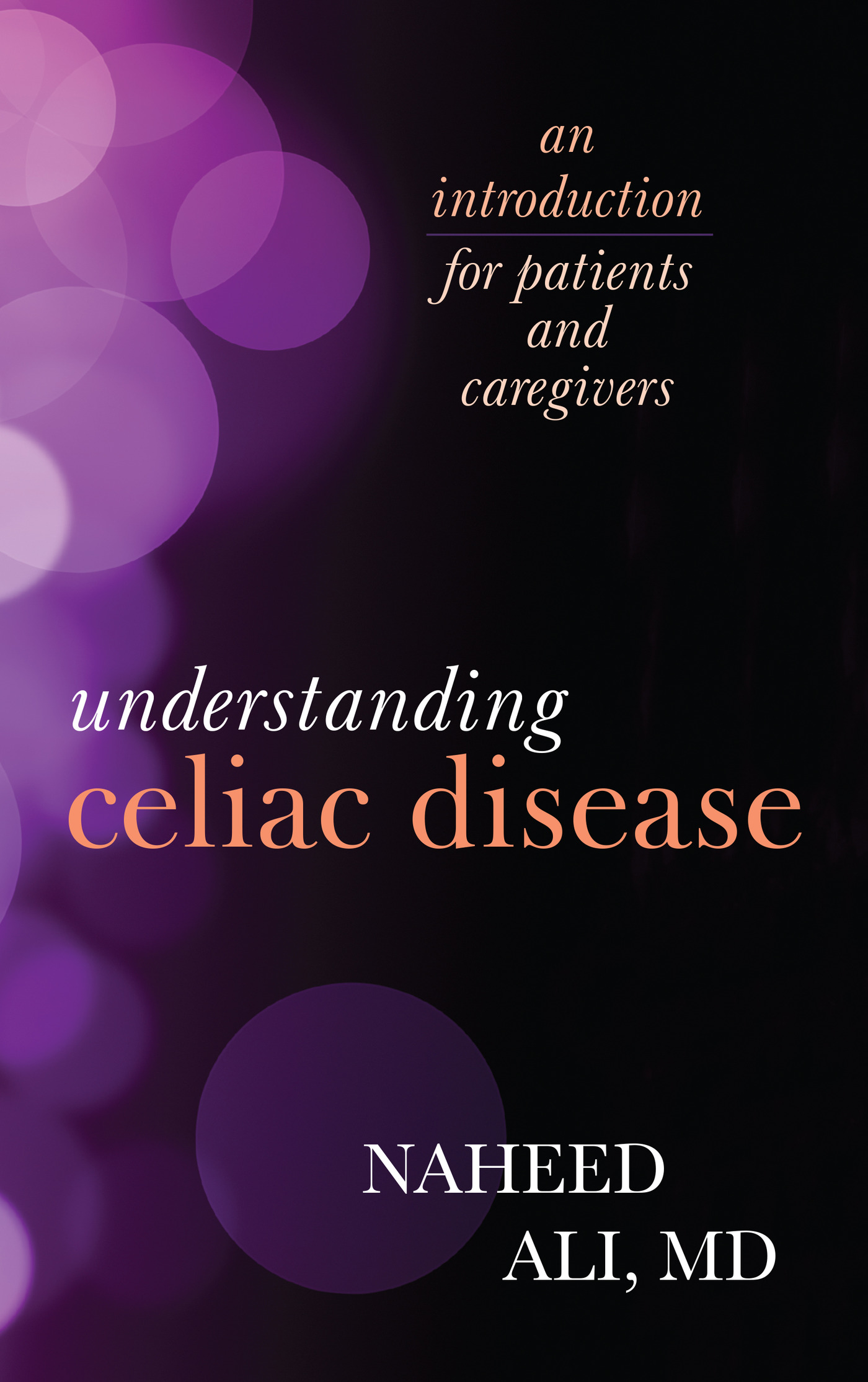Understanding
Celiac Disease
Also by Naheed Ali
Understanding Lung Cancer: An Introduction for Patients and Caregivers
Understanding Parkinsons Disease: An Introduction for Patients and Caregivers
Arthritis and You: A Comprehensive Digest for Patients and Caregivers
Understanding Alzheimers: An Introduction for Patients and Caregivers
The Obesity Reality: A Comprehensive Approach to a Growing Problem
Diabetes and You: A Comprehensive, Holistic Approach
Understanding
Celiac Disease
An Introduction for
Patients and Caregivers
Naheed Ali, MD
ROWMAN & LITTLEFIELD
Lanham Boulder New York London
Published by Rowman & Littlefield
A wholly owned subsidiary of The Rowman & Littlefield Publishing Group, Inc.
4501 Forbes Boulevard, Suite 200, Lanham, Maryland 20706
www.rowman.com
16 Carlisle Street, London W1D 3BT, United Kingdom
Copyright 2014 by Rowman & Littlefield
All rights reserved. No part of this book may be reproduced in any form or by any electronic or mechanical means, including information storage and retrieval systems, without written permission from the publisher, except by a reviewer who may quote passages in a review.
British Library Cataloguing in Publication Information Available
Library of Congress Cataloging-in-Publication Data
Ali, Naheed, 1981 author.
Understanding celiac disease : an introduction for patients and caregivers / Naheed Ali.
p. ; cm.
Includes bibliographical references and index.
ISBN 978-1-4422-2655-5 (cloth : alk. paper) ISBN 978-1-4422-2656-2 (electronic)
I. Title.
[DNLM: 1. Celiac Disease. WD 175]
RC862.C44
616.3'99dc23
2014016086
 TM The paper used in this publication meets the minimum requirements of American National Standard for Information Sciences Permanence of Paper for Printed Library Materials, ANSI/NISO Z39.48-1992.
TM The paper used in this publication meets the minimum requirements of American National Standard for Information Sciences Permanence of Paper for Printed Library Materials, ANSI/NISO Z39.48-1992.
Printed in the United States of America
Understanding Celiac Disease is dedicated to my readers, to celiac disease sufferers, and to all who have provided encouragement and support for my research.
This book represents reference material only. It is not intended as a medical manual, and the data presented here are meant to assist the reader in making informed choices regarding wellness. This book is not a replacement for treatment(s) that the readers personal physician may have suggested. If the reader believes he or she is experiencing a medical issue, professional medical help is recommended. Mention of particular products, companies, or authorities in this book does not entail endorsement by the publisher or author.
Preface
Celiac disease, also known as gluten-sensitive enteropathy or celiac sprue, is a common disease that occurs in a persons digestive system. Patients with this condition have adverse reactions to foods containing gluten. Gluten is a type of protein found in certain types of cereals such as wheat, rye, and barley. It also can be found in foods such as bread, pasta, and biscuits. In the case of celiac disease, the immune system of the body treats one of the substances that makes gluten, gliadin, as a threat and responds negatively to it. The immune system produces antibodies to fight off the supposedly harmful substance.
These antibodies can cause the surface of the intestine to become inflamed, disrupting the ability of the celiac disease patients body to absorb the nutrient from the food, leading to malnourishment in people suffering from celiac disease. If the disease happens to an infant or toddler, it will make them fail to thrive in terms of weight and height. One in every 100200 people in the United States has this disease, while in the United Kingdom it affects one out of every 100 individuals.
The symptoms have a high probability of taking place during early childhoodbetween eight and twelve months of ageand usually it takes several months before a correct diagnosis is made.
Reading this Book
One reason to read about celiac disease is to learn about who the most commonly targeted people to have this disorder are. The history, anatomy, physiology, and disorders associated with the disease will be covered. Moreover, there are several works of research concerning the causes or reasons and the diagnoses needed to heal the effects of celiac disease. Reading Understanding Celiac Disease will lead to the proper management of the symptoms, both naturally and conventionally, as well as how to promote intestinal healing. Moreover, this writing uses several evidence-based sources, such as journals and medical books that tackle the topic. Advanced research and medical studies have been performed around the world, as this particular disease is affecting an increasing number of populations.
As the saying goes, You are what you eat, or at least what you take in; you are basically what lives inside of you. This adage pertains to both mental and physical aspects, and while a distinctive feature of Understanding Celiac Disease is a hearty chapter devoted to the often-overlooked psychological side, the book intends to emphasize a well-rounded understanding of celiac disease as a whole.
Significance of a Comprehensive Review
Given that celiac disease, or coeliac disease, can lead to malnutrition and several organ malfunctions, knowing about the disease comprehensively is still the best measure for having a healthy lifestyle. A person reported to have acquired the disease could have a mental breakdown, thus having a difficult time with acceptance if they do not know how to thoroughly deal with the problem or know whether it is already in its late stages. It is very important to be knowledgeable about a disease to avoid further issues that will occur in response to having it. People with celiac disease, for instance, need to be able to cope with and adapt to a newly prescribed antigluten diet.
In due time, the management of celiac disease will get easier, especially with a deeper understanding of the gluten-free diet and gastrointestinal systems. Most doctors and psychologists can help patients gain insights on how to improve their health, and comprehensive information about celiac disease certainly helps that whole process. Forums and other support outlets can give celiac disease patients the ability to gain confidence and possibly learn some coping strategies or techniques from other sufferers, dietitians, and other clutches of professionals around the world. Simply put, a comprehensive review of the disorder better prepares the patient for all sorts of support groups.
As the reader may already know, just about every epidemic has been researched by professionals in the medical field; some require decades of research before medical authorities come up with solid conclusions. These are the same individuals who have found treatments and cures for so many other serious disorders. Therefore, all readers, regardless of whether they have absorbed information on celiac disease comprehensively, who believe they are suffering from the disease are highly encouraged to go to their doctor for an examination.
As I compiled the information presented in Understanding Celiac Disease, I looked to expand the scope of my own knowledge about the disease, and I later decided to put into writing every bit of reliable information to offer readers a firsthand feel of what it is like to be a celiac disease patient or caregiver. It has been a long road for medical institutions to do research and finally come up with feasible methods that would help long-term sufferers to finally ease all the pain and

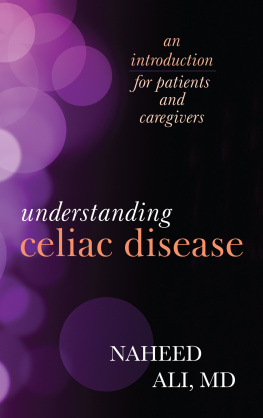
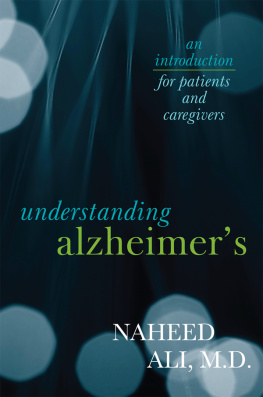

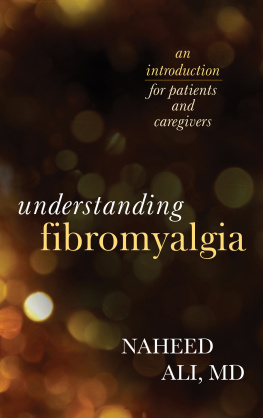
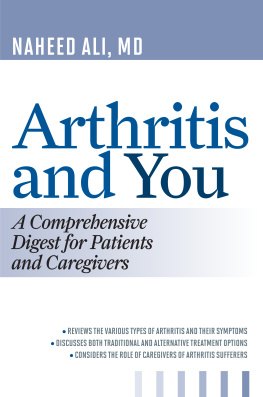


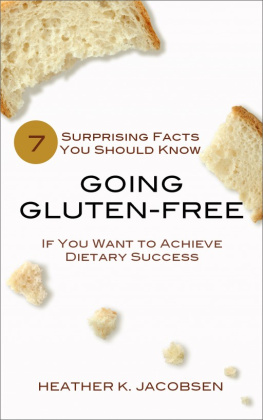


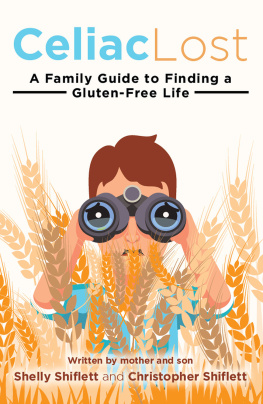
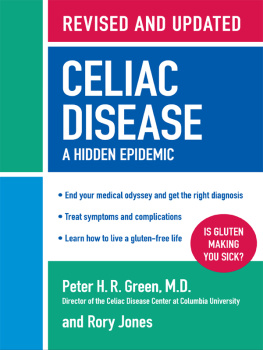
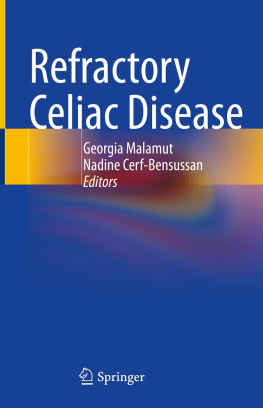
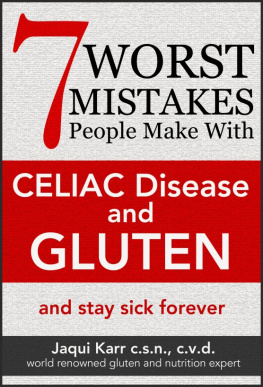



 TM The paper used in this publication meets the minimum requirements of American National Standard for Information Sciences Permanence of Paper for Printed Library Materials, ANSI/NISO Z39.48-1992.
TM The paper used in this publication meets the minimum requirements of American National Standard for Information Sciences Permanence of Paper for Printed Library Materials, ANSI/NISO Z39.48-1992.